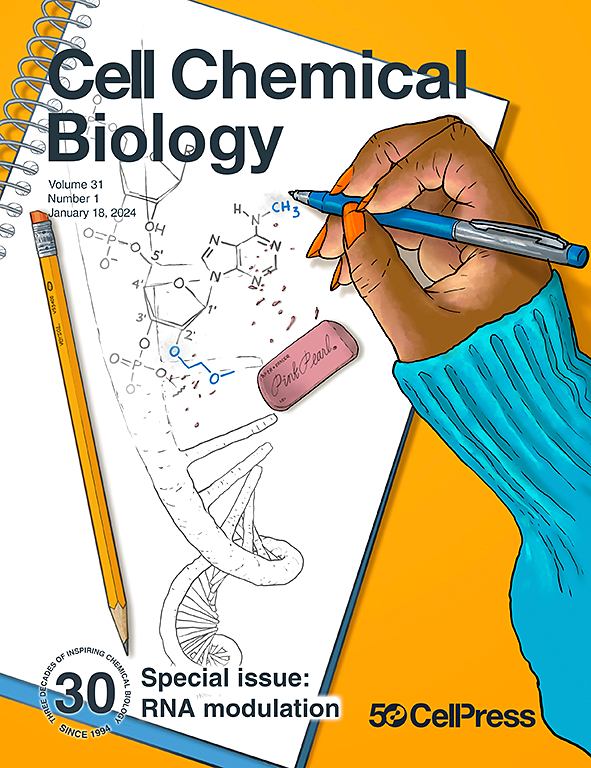血小板加速脂质过氧化,诱导致病性中性粒细胞胞外陷阱释放
IF 6.6
1区 生物学
Q1 BIOCHEMISTRY & MOLECULAR BIOLOGY
引用次数: 0
摘要
中性粒细胞胞外陷阱(Neutrophil extracellular traps, NETs)是一种重要的宿主防御机制,它是在去浓缩染色质和其他核成分释放后通过NETosis过程进行组装的。然而,过多的NET释放破坏周围组织,导致脓毒症等情况,其中血小板与NETosis的致病开关有关。在这里,我们发现血小板在体外与脂多糖和血小板共同刺激的中性粒细胞中触发铁积累并促进脂质过氧化生成,导致NETosis的诱导。我们还筛选了抑制脂质过氧化的化合物,鉴定了8-甲基-n -香叶酰-6-非酰胺(辣椒素),并评估了其抑制血小板介导的致病性NETosis的潜力。辣椒素在体外抑制脂多糖/血小板诱导的细胞脂质过氧化和NETosis。此外,辣椒素在脂多糖诱导的肺部炎症小鼠模型中减轻了NETosis。我们的发现提供了一种针对脂质过氧化的原始治疗策略,并为广泛的netosis相关疾病的药物开发铺平了道路。本文章由计算机程序翻译,如有差异,请以英文原文为准。


Platelets accelerate lipid peroxidation and induce pathogenic neutrophil extracellular trap release
Neutrophil extracellular traps (NETs), an important host defense mechanism, are assembled after the release of decondensed chromatin and other nuclear components by a process termed NETosis. However, excessive NET release destroys surrounding tissues, leading to conditions such as sepsis where platelets are implicated in the pathogenic switch of NETosis. Here, we show that platelets trigger iron accumulation and promote lipid peroxide production in neutrophils co-stimulated with lipopolysaccharide and platelets in vitro, resulting in the induction of NETosis. We also screened for compounds that inhibit lipid peroxidation, identified 8-methyl-N-geranyl-6-nonamide (capsaicin), and assessed its potential in suppressing platelet-mediated pathogenic NETosis. Capsaicin inhibited lipopolysaccharide/platelet-induced cellular lipid peroxidation and suppressed NETosis in vitro. Furthermore, capsaicin attenuated NETosis in a mouse model of lipopolysaccharide-induced lung inflammation. Our findings provide an original therapeutic strategy to target lipid peroxidation and pave the way for drug development for a wide range of NETosis-related diseases.
求助全文
通过发布文献求助,成功后即可免费获取论文全文。
去求助
来源期刊

Cell Chemical Biology
Biochemistry, Genetics and Molecular Biology-Molecular Medicine
CiteScore
14.70
自引率
2.30%
发文量
143
期刊介绍:
Cell Chemical Biology, a Cell Press journal established in 1994 as Chemistry & Biology, focuses on publishing crucial advances in chemical biology research with broad appeal to our diverse community, spanning basic scientists to clinicians. Pioneering investigations at the chemistry-biology interface, the journal fosters collaboration between these disciplines. We encourage submissions providing significant conceptual advancements of broad interest across chemical, biological, clinical, and related fields. Particularly sought are articles utilizing chemical tools to perturb, visualize, and measure biological systems, offering unique insights into molecular mechanisms, disease biology, and therapeutics.
 求助内容:
求助内容: 应助结果提醒方式:
应助结果提醒方式:


